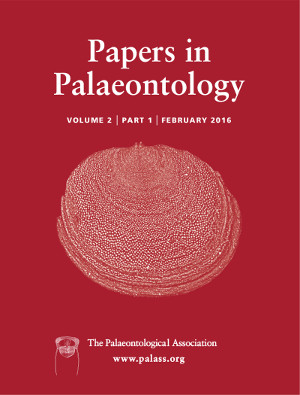Reg. Charity No. 1168330

The late Pliocene (early Villafranchian, MN 16a) locality of Milia (Grevena, Greece) has yielded numerous remains of mammals, such as zygodons, mastodons, rhinocerotids, hipparions, bovids, cervids, suids, carnivorans and tapirs. Several specimens of chelonians have also been discovered and comprise a small testudinid, a geoemydid and a giant tortoise. The presence of a giant tortoise and the presence of a geoemydid with large dimensions are further examples of the trend towards gigantism evidenced by the diverse fauna of Milia. In terms of taxonomic abundance of extinct turtles, this is the richest locality in Greece. The small testudinid is of particular importance because it preserves a posteriorly flared carapace, as in the extant Testudo marginata, but the posterior carapace is much taller and anteroposteriorly shorter. These characters allow us to erect a new species, Testudo brevitesta sp. nov., and to discuss the presence of the marginated tortoise and closely related forms in Greece. The new taxon is analysed in a phylogenetic context within other extant and extinct testudinids, providing new information on the clade Testudona.